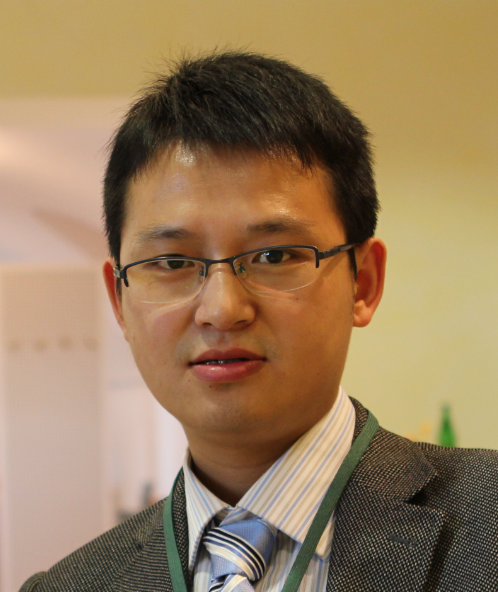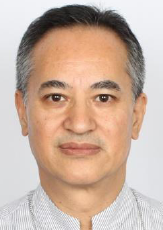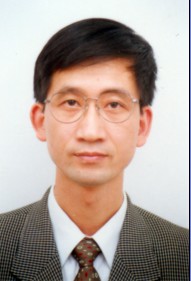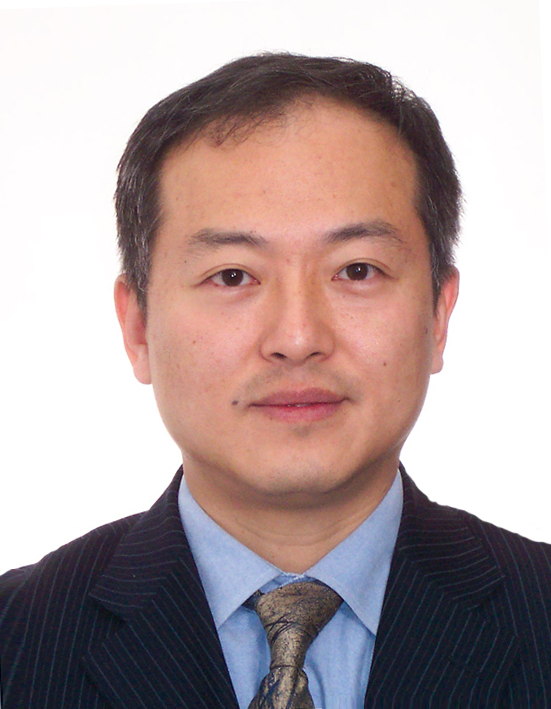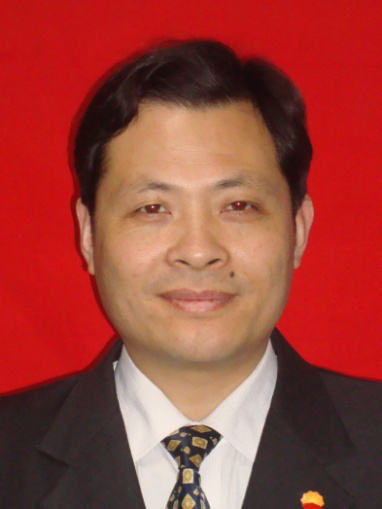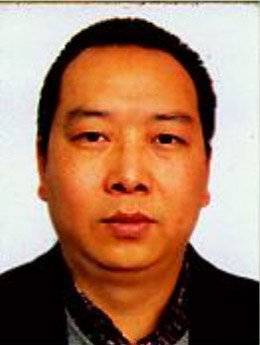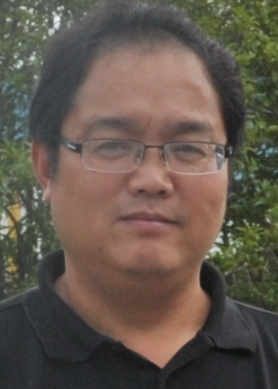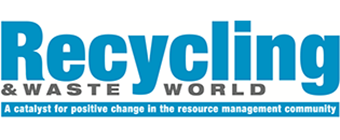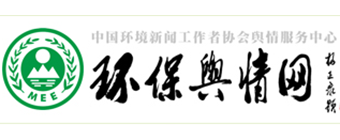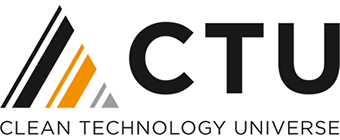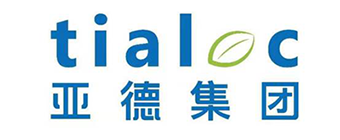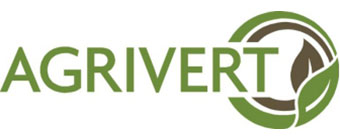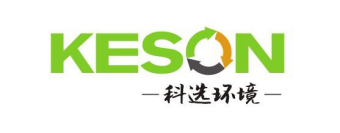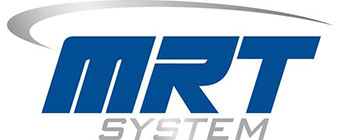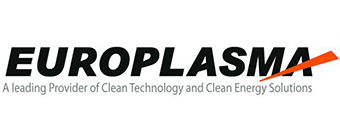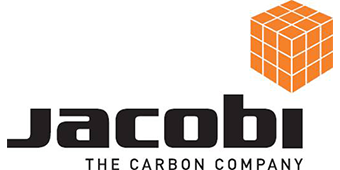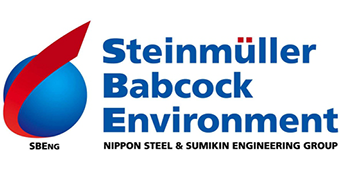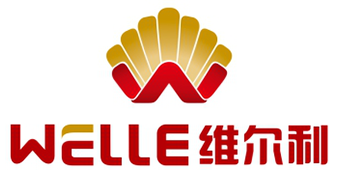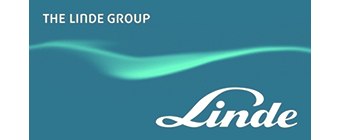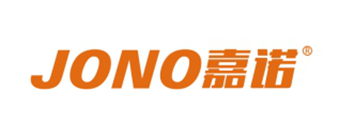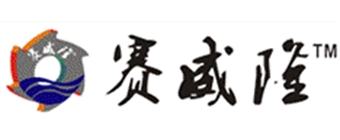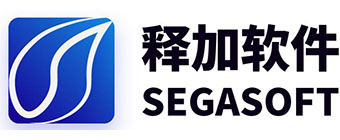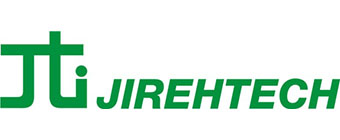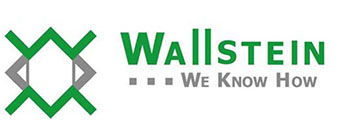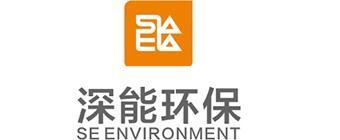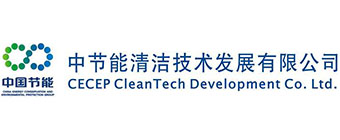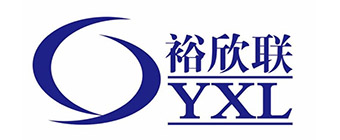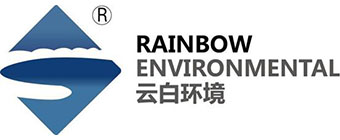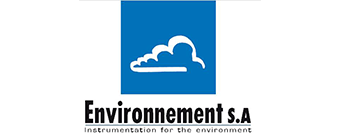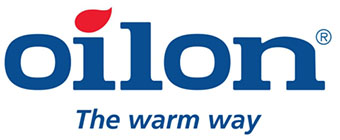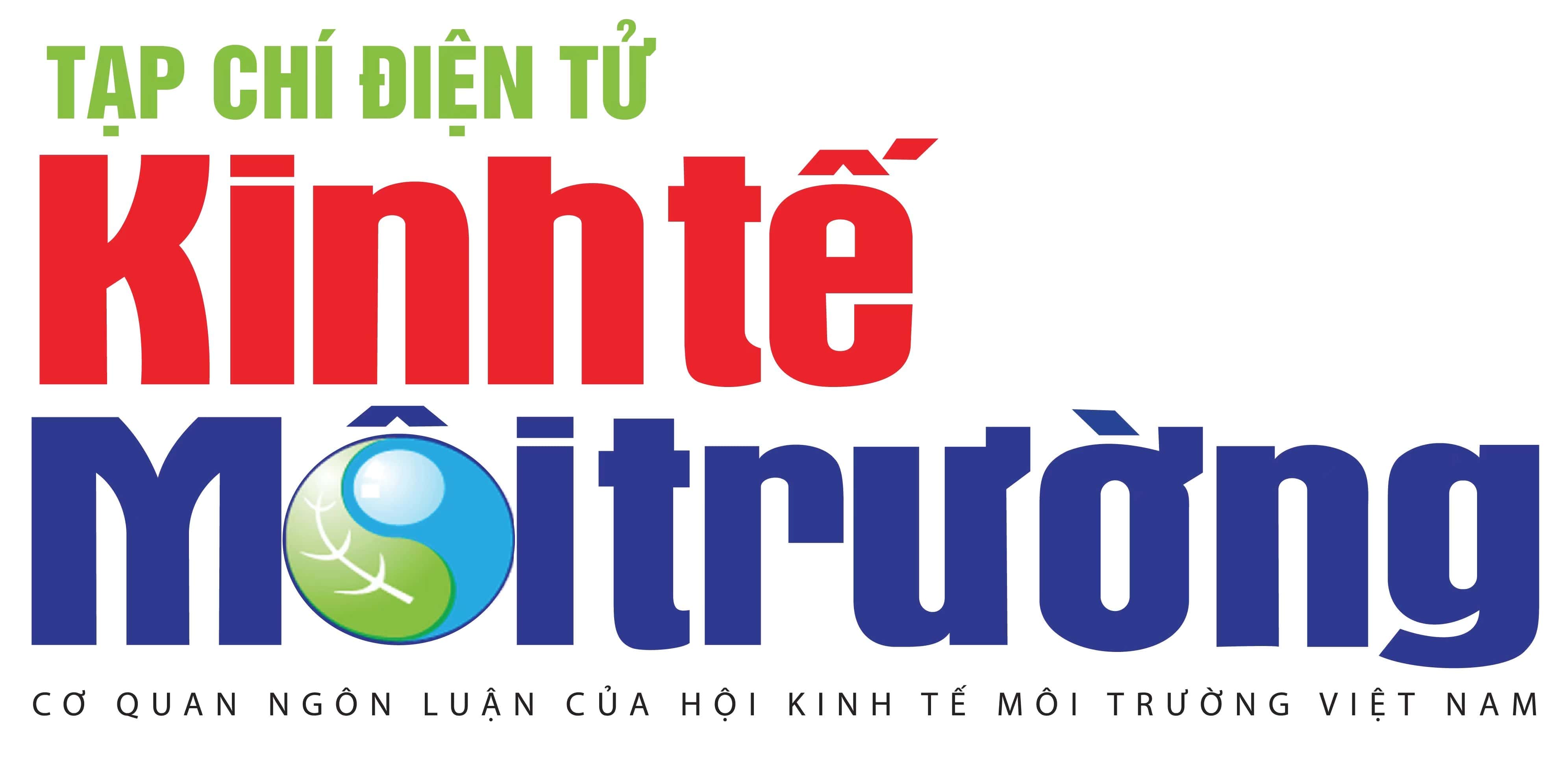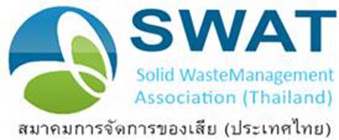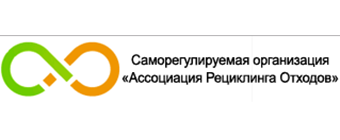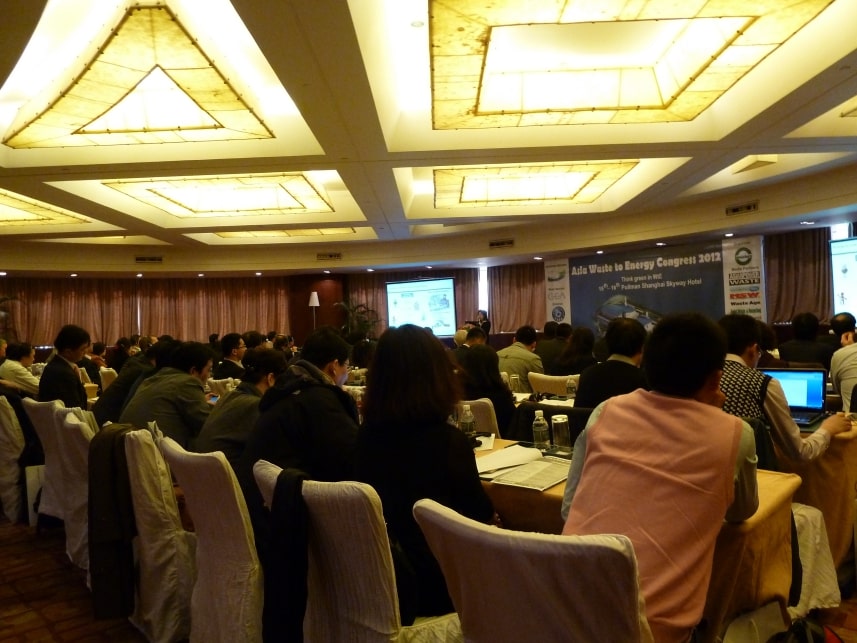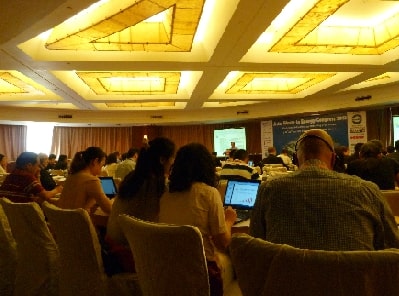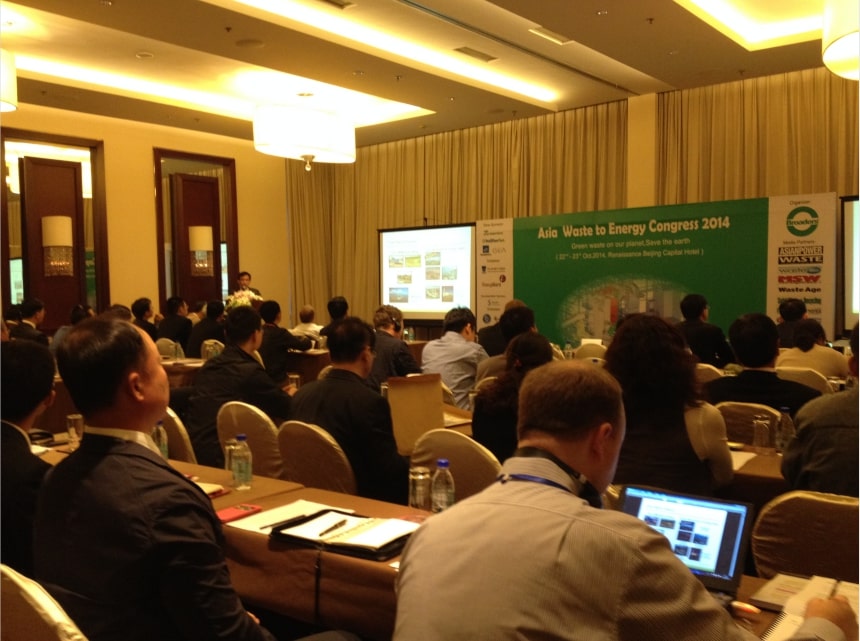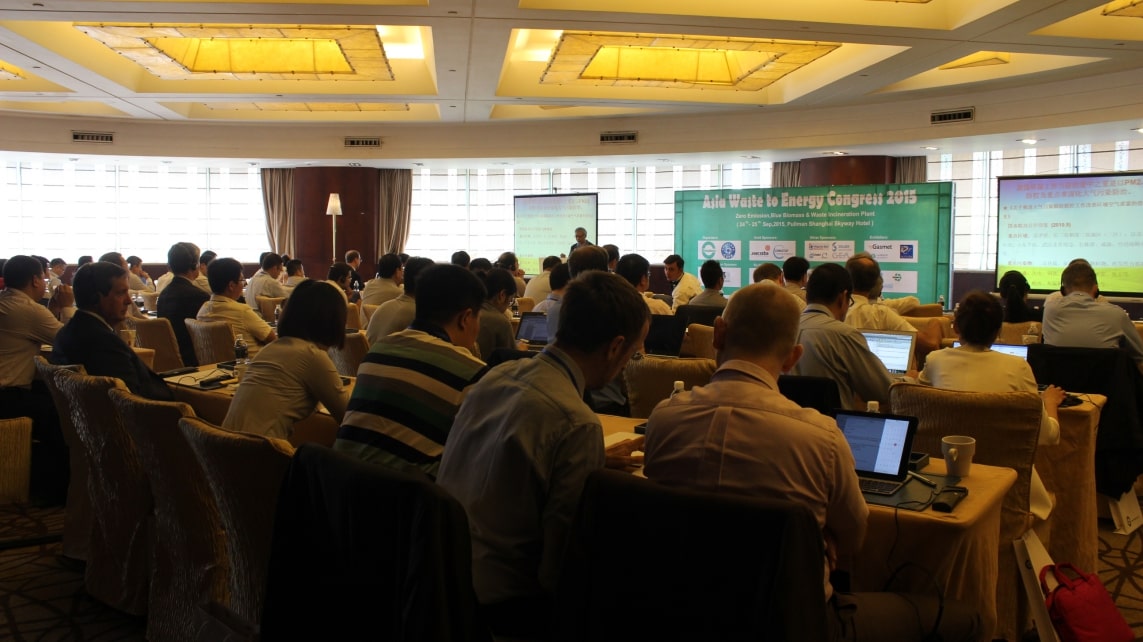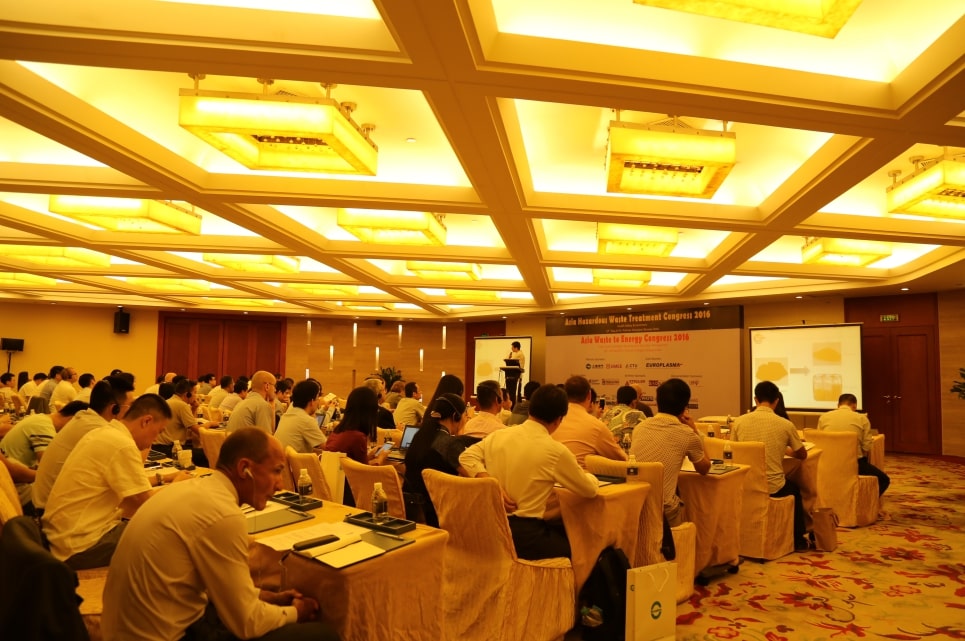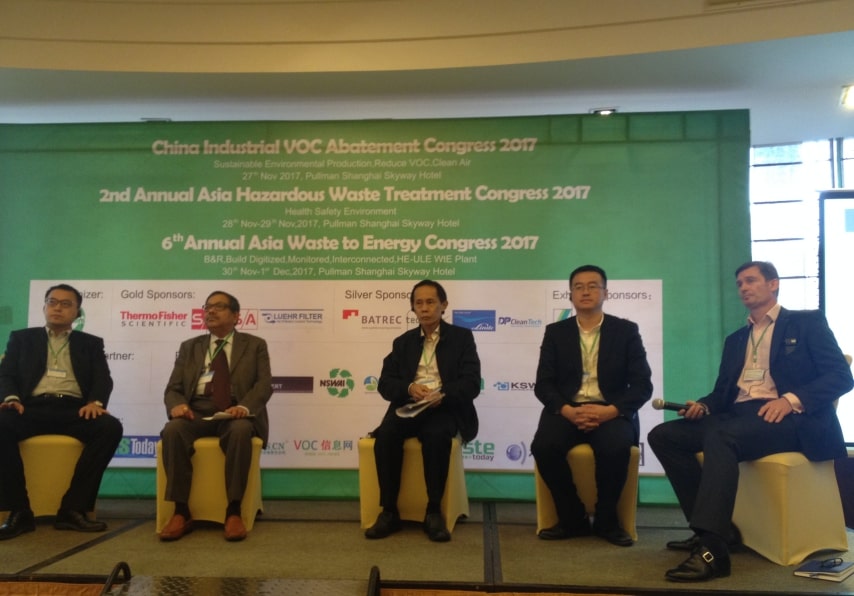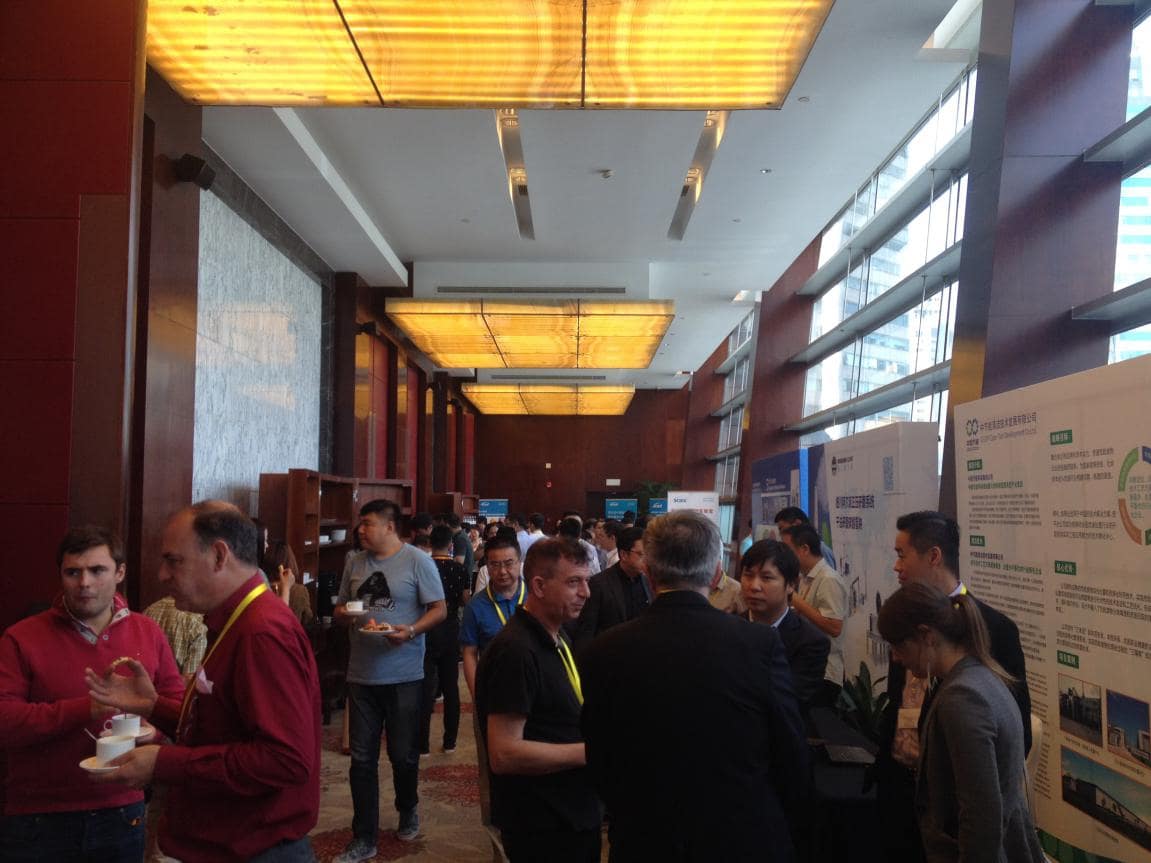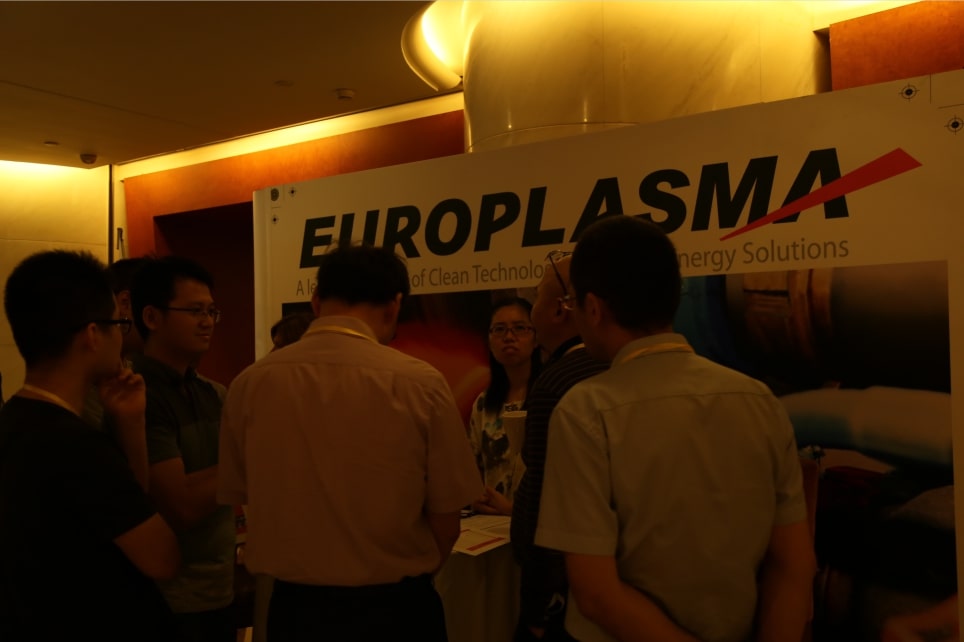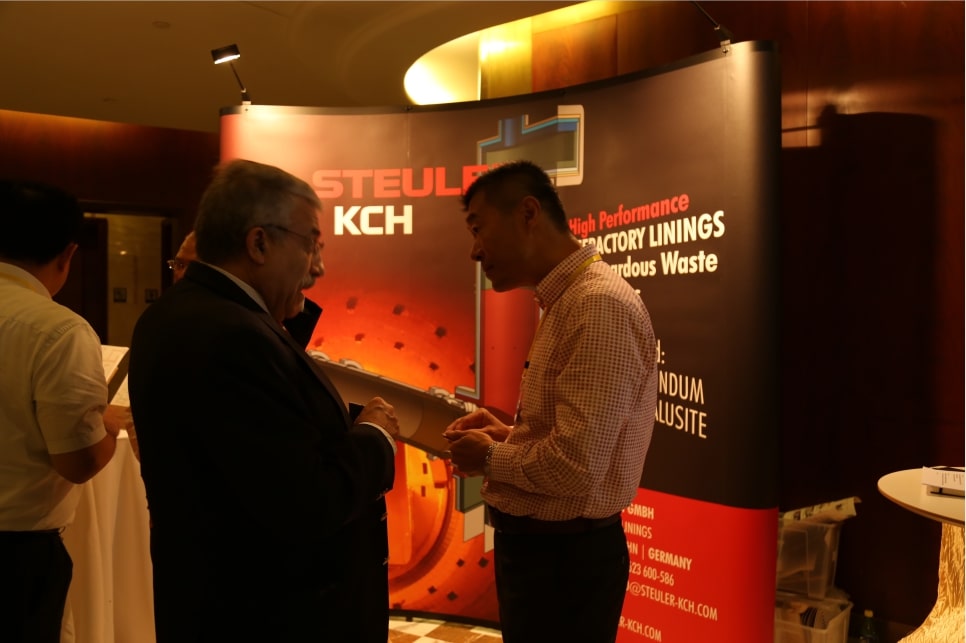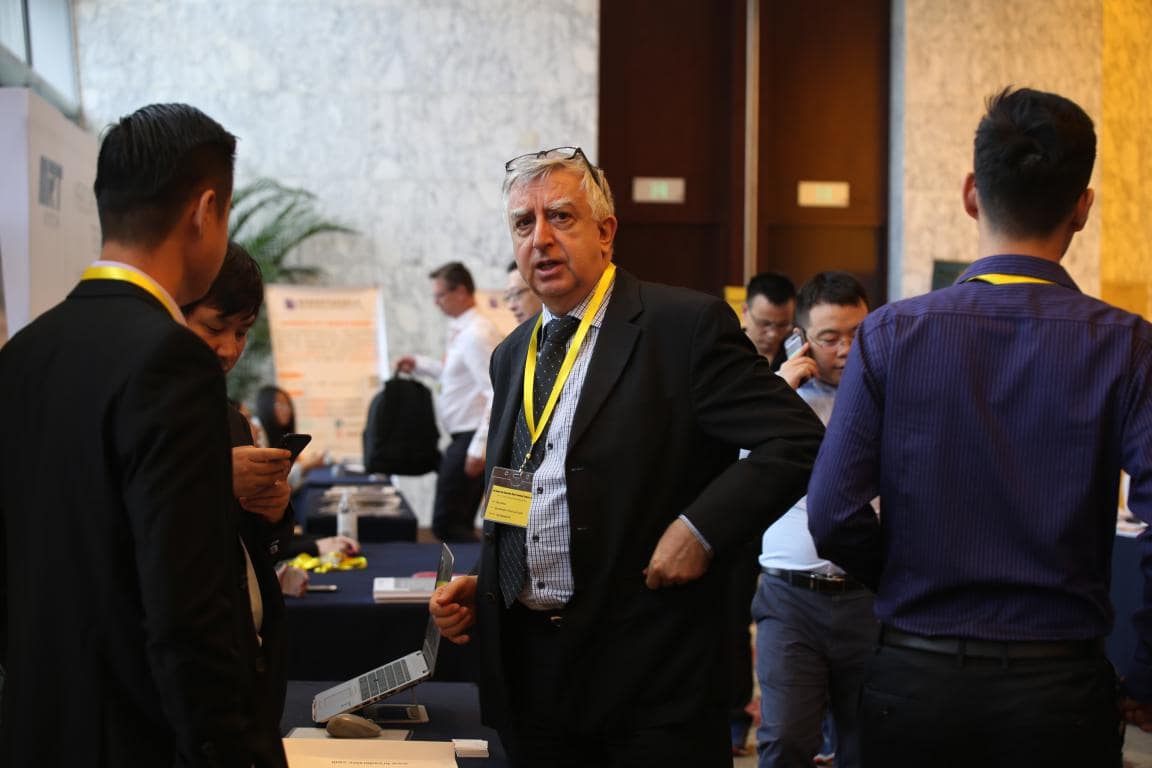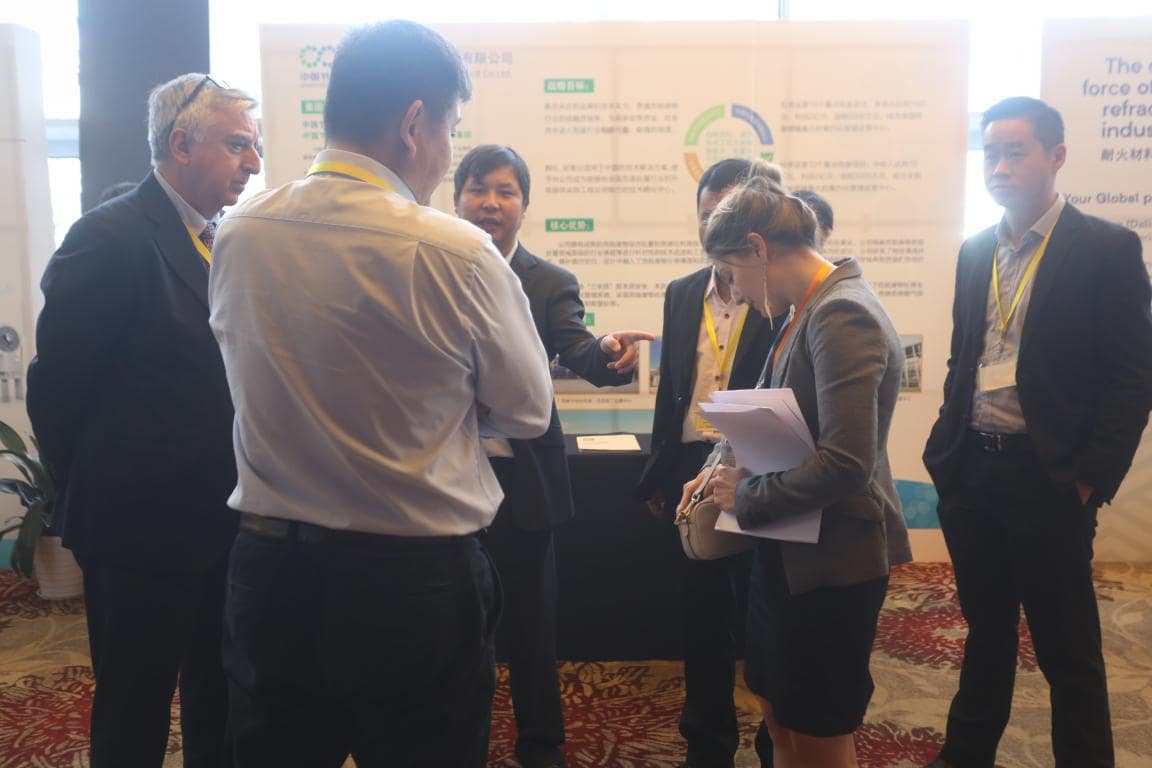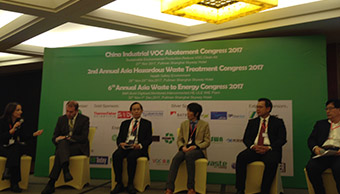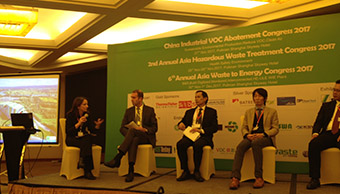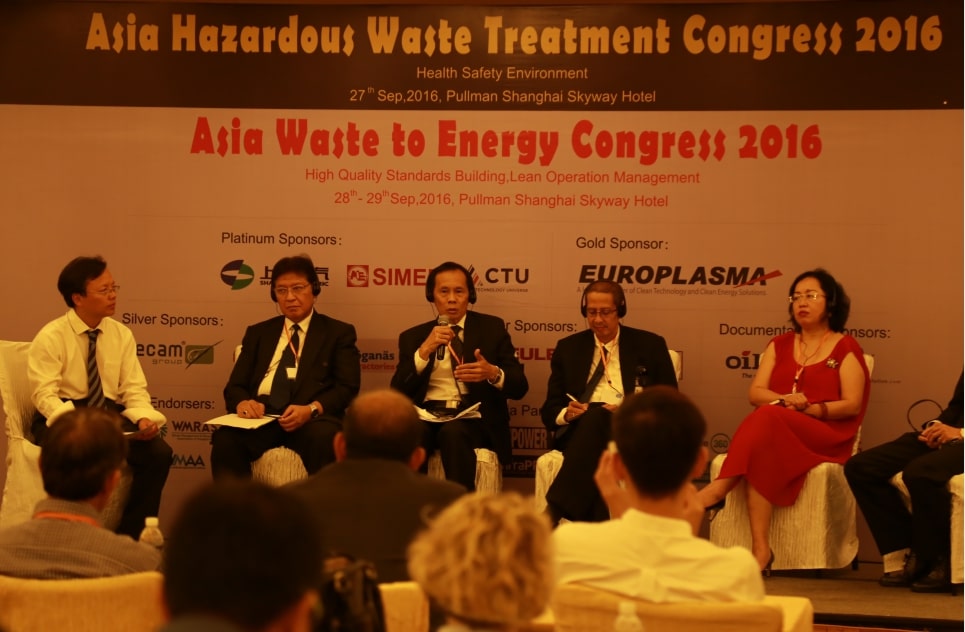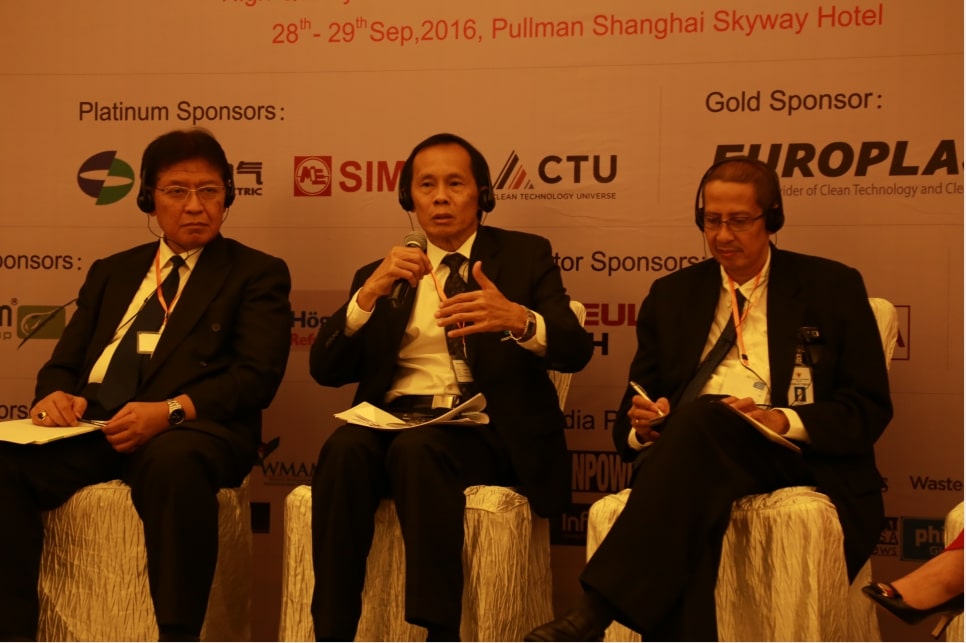800+Global High Level Attendees Online+Onsite
60+Renowned High Level Speakers Online+Onsite
60+Selected Exhibitors Onsite
Inaugural Asia Waste to Energy Congress 2012 was held successfully
in Pullman Shanghai Skyway Hotel from 15th-16th Nov 2012
2nd Annual Asia Waste to Energy Congress 2013 was held successfully
in Pullman Shanghai Skyway Hotel from 24th-25th Sep 2013
3rd Annual Asia Waste to Energy Congress 2014 was held successfully
in Renaissance Beijing Capital Hotel from 22nd-23rd Oct 2014
4th Annual Asia Waste to Energy Congress 2015 was held successfully
in Pullman Shanghai Skyway Hotel from 24th-25th Sep 2015
5th Annual Asia Waste to Energy Congress 2016 was held successfully
in Pullman Shanghai Skyway Hotel from 28th-29th Sep 2016
6th Annual Asia Waste to Energy Congress 2017 was held successfully
in Pullman Shanghai Skyway Hotel from 30th Nov-1st Dec 2017 7th Annual Asia Waste to Energy Congress 2019 was held successfully
in Saint Regis Shen Zhen Hotel from 28th Jun-29th Jun 2019
8th Annual Asia Waste to Energy Week 2021 Event Background
On November 27, 2020, the Ministry of Housing and Urban-Rural Development and other 12 departments issued a notice on "Several Opinions on Further Promoting the Sorting of Municipal Solid Waste".
On July 31, 2020, the NDRC, MOHURD, and MEE formulated the "Implementation Plan for Strengthening and Weaknesses of MSW Sorting and Treatment Facilities".By 2023, the prefecture level and above cities that meet the conditions will basically have a waste sorting system for sorting put in, sorted collection, sorted transportation, and sorted treatment;The nationwide msw incineration capacity will increase significantlyú╗The county msw treatment system will be further improved;The msw collection and transfer system in designated towns will be gradually improved.Comprehensively promote the construction of msw classified collection and transportation facilities.By 2023, the 46 key cities specified in the Implementation Plan of the MSW Sorting System will have fully completed the msw classified collection and transportation system.Promote the construction of incineration treatment capacity in an all-round way, carry out the upgrading and retrofitting of existing incineration treatment facilities,accelerate the incineration fly ash disposal facilities building,strengthen financial support, accelerate the construction progress, improve the fee collection mechanism, and increase the collection efforts.Strong orders released in 2020,so far, 17 provinces, autonomous regions, and municipalities directly under the Central Government have launched mid- and long-term plans for waste incineration and set long-term goals for 2030.The average msw incineration capacity will account for 81% of the proportion of harmless treatment in 2030, build a waste incineration society basically,realize "zero landfill" of primary waste.By 2022, the scale of waste incineration treatment can reach 203 million tons.
In September 2018, the Xinjiang Development and Reform Commission issued the “Xinjiang Uygur Autonomous Region MSW Incineration Power Generation Mid- and Long-term Development Plan, and plans to build 10 msw incineration power generation facilities from 2020 to 2030.
In November 2018, the Henan Provincial Development and Reform Commission issued the "Medium and Long-term Special Plan for Power Generation from MSW Incineration in Henan Province (2018-2030)".By 2030, the whole province will form a harmless treatment system for msw based on incineration and power generation,qualified province-administered cities achieve "zero landfill" of primary waste,the province’s msw incineration capacity reaches about 84,000 tons per day,the total installed capacity is about 1.6 million kilowatts, and the waste incineration capacity accounts for about 70% of the harmless treatment.It is estimated that 22 construction projects will be started before 2021-2030, with a total processing capacity of 24,000 tons/day and an installed capacity of about 500,000 kilowatts.Improve the collection and transportation system.By 2030, the province’s municipalities and counties will implement compulsory classification of msw, plan to increase the capacity of 35,000 tons of waste per day, and establish a comprehensive urban-rural integration msw of "village collection, town transportation, city and county treatment" collection mode.
On May 20, 2019, Hebei Province's msw incineration power generation medium and long-term special plan (2018-2030) issued, by 2025, 13 waste incineration power generation projects will be completed, 7 other incineration projects, and add 11,700 new waste incineration treatment capacity tons/day.The plain and mountainous urban areas of the province will achieve full area waste incineration for power generation coverage, the incineration capacity of msw in the province accounts for more than 80% of the total harmless treatment.By 2030, ensure the normal operation of completed waste incineration projects and improve the waste sorting collection and transportation system in remote areas.start the secondary treatment task of landfilled waste, and dispose the existing waste in landfills orderly,achieve the goal of reducing, recycling and harmless treatement in the whole province.
In June 2019, the medium and long-term special plan for power generation by msw incineration in Hainan Province (2018-2030) issued. By 2030, the harmless treatment rate of msw in central towns and characteristic industrial towns in the county will reach 95%;Intensify efforts to clean up the urban environment, increase the rate of mechanized cleaning in various places, and comprehensively improve the standards of environmental sanitation and cleaning operations.Based on the current distribution of msw incineration power plants in Hainan Province, combined with the characteristics of the administrative divisions of Hainan Province, it is planned to expand and build 9 large and medium-sized waste incineration processing bases serving across regions in the province.In the long term (2024-2030), the fourth phase of Haikou Municipal Solid Waste Incineration Power Plant is planned to be expanded, with a design scale of 1,200 tons/day.The fourth phase of the Sanya Municipal Solid Waste Incineration Power Plant is planned to be expanded, with a design scale of 1,200 tons/day.Plan to expand the second phase of Danzhou Municipal Solid Waste Incineration Power Plant, with a design scale of 500 tons/day.It is planned to expand Wenchang Municipal Solid Waste Incineration Power Plant (Phase II), with a design scale of 600 tons/day.The third phase of Qionghai Municipal Solid Waste Incineration Power Plant is planned to be expanded, with a design scale of 600 tons/day. Plan to expand Dongfang City's domestic waste incineration power plant (Phase II), with a design scale of 400 tons/day. Planning to expand the second phase of the Lingshui County Domestic Waste Incineration Power Plant, with a design scale of 350 tons/day.
In June 2019, Sichuan Province's msw incineration power generation mid- and long-term special plan issued,from 2021 to 2030, 32 msw incineration power generation projects will be built and expanded, with a daily processing capacity of 20,600 tons and an additional installed capacity of 408,000 kilowatts.A total of 80 msw incineration power generation projects will be implemented, with a daily processing capacity of 71,500 tons and a cumulative installed capacity of 1.462 million kilowatts.It accounts for more than 75% of the total capacity of harmless treatment.Except for the Ganzi, Aba, and Liangshan areas, the remaining cities will achieve full coverage of the county towns with waste incineration power generation processing capacity.The construction, operation and supervision work system of msw incineration power generation facilities will be further improved.From 2021 to 2030, priority will be given to the construction of msw incineration and power generation facilities in counties with complete collection and transportation systems.actively explore the application of waste incineration and other resources and reduction processes suitable for smaller treatment scales,according to the service life of existing msw landfills, it will be gradually implemented annually. The province will focus on planning 20 new msw incineration power generation projects and 12 expansions.By 2030, there will be 59 msw incineration power generation facilities in the province (excluding expansion and relocation projects), covering 21 cities (prefectures state) and 154 counties (cities, districts).
In July 2019, Shanxi Province's msw incineration power generation medium and long-term special plan (2018-2030) issued, in 2030, Shanxi Province's msw incineration power generation plans to approve a new scale of 176.5 MW, with a cumulative installed capacity of 647.5 MW; The new added waste incineration processing capacity is 6,800 tons/day, and the cumulative waste incineration capacity is 30,550 tons/day. Waste incineration power generation in the province accounts for 81% of the total waste treatment capacity, and waste incineration power generation in all prefecture-level cities accounts for more than 50%.
On September 16, 2019, the medium- and long-term special plan for power generation by incineration of msw in Yunnan Province (2019-2030), long-term (by the end of 2030), will further fill in the capacity of municipal cities and key counties for msw incineration, and support more counties that meet the construction conditions will carry out the construction of msw incineration power generation facilities.By the end of 2030, the province’s msw incineration capacity will account for more than 60% of the total harmless treatment.The municipal solid waste incineration treatment capacity accounts for more than 70% of the total harmless treatment capacity in the city.and strive to achieve full coverage of municipal solid waste incineration capacity as soon as possible.In the long-term plan (by the end of 2030), the province plans to build 32 msw incineration power plants, and it is estimated that the new added msw incineration capacity will be 15,450 tons/day and the installed capacity will be 305,000 kilowatts.The planned long-term projects must be incorporated into the new version of the city plan, and the planned long-term project (by the end of 2030) will be completed as soon as possible, with a total investment of about 7.740 billion RMB.
In September 2019, Qinghai Province MSW Incineration Power Generation Plan (2019-2025) issued,according to the plan, by 2022, Qinghai Province will plan to build 3 msw incineration facilities.From 2023 to 2025, it is planned to build a msw incineration power generation facility and expand a msw incineration power generation facility.By the end of 2022, the msw incineration capacity in Qinghai Province will reach 1.518 million tons/year (including the completed Chaka Salt Lake Waste Treatment Project).The msw incineration accounts for not less than 59% of the total output of msw.The newly added msw incineration power generation project has an on-grid power generation of about 554 million kwh/year, and the msw incineration power generation industry system has been initially established.It is planned that by the end of 2025, Qinghai's urban msw incineration capacity will reach 1.628 million tons/year (including the completed Chaka Salt Lake waste treatment project), and the msw incineration will account for no less than 63% of the total msw output. The on-grid electricity generation of waste incineration power generation projects reached approximately 590 million kwh/year.
In November 2019, the medium and long-term special plan for power generation by incineration of msw in Anhui Province (2019-2030) issued,accelerate the construction of the province’s msw treatment facilities and improve the level of operation management,It is planned that by 2030, the province's msw clean incineration technology will be further improved to achieve the goal of reducing, recycling, and harmless treatment.The planned long-term new (expansion) project is 30, with a total scale of 18,500 tons/day.The long-term planning suggests that combining the actual population and waste volume in Anhui Province, counties and cities should fully demonstrate the scale and site selection of the project, encourage the construction of cross-regional msw incineration power generation projects, and the scale of new msw incineration power plants should be economical and reasonable.The total investment is 1050.597 million RMB.
In December 2019, the medium and long-term special plan for MSW incineration for power generation in Hunan Province (2019-2030) issued; by 2030, the province's msw incineration and power generation will account for 70% of the harmless treatment volume. Looking forward to 2035, will strive to account for more than 75% of the amount of incineration and power generation of msw in the province. In the medium and long term (2021-2030), it is planned to start construction of 10 msw incineration power generation projects. By 2030, the province's incineration treatment scale will reach 46,700 tons/day.
In December 2019, Shaanxi Province MSW Incineration Power Generation Mid- and Long-term Special Plan (2020-2030) issued,from 2021-2025, the amount of waste treated by incineration power generation will account for 59.6% of the amount to be treated;From 2026-2030, the amount of waste treated by incineration power generation accounted for 68% of the amount to be treated.From 2021 to 2025, the construction of waste incineration power generation projects will start in Zhongdian counties and districts that meet the planning site selection conditions and have a guaranteed amount of waste resources;From 2026 to 2030, the construction of waste incineration power generation projects started in cities and towns where the conditions for collection and transportation are relatively difficult but the construction conditions can be met through regional overall planning.By 2025, the province will build 36 msw incineration power generation projects in total, with a scale of 32,780 tons per day and an installed capacity of 66.57 kilowatts;By 2030, a total of 41 msw incineration power generation projects have been planned and constructed in the province. The scale of completion and commissioning will reach 34,930 tons per day, with an installed capacity of 70.87 kilowatts.By 2025, the new investment in the project is 3.101 billion RMB, and by 2030, the new investment in the project is 1.129 billion RMB.
On December 13, 2019, the Zhejiang Provincial Development and Reform Commission, the Provincial Construction Department, the Provincial Energy Bureau, the Provincial Department of Ecology and Environment, and the Provincial Department of Natural Resources issued the "Zhejiang MSW Incineration and Power Generation Mid- and Long-term Special Plan (2019-2030)" Notice.The scale of msw incineration treatment needs to be improved.From the perspective of the layout of incineration facilities, the problem of regional imbalance in msw incineration facilities is prominent. There are still no msw incineration facilities in some counties and districts, and msw incineration facilities in some areas are operating at full capacity. It is urgent to accelerate the planning of related facilities and construction.With the continuous economic and social development, it is expected that it will reach about 73,100 tons/day by 2030, and the demand for msw treatment capacity will continue to expand. It is necessary to plan the layout of msw incineration facilities in advance.From 2021 to 2030, the province's newly-added msw incineration power generation facilities will have a processing capacity of more than 93.5 million tons per day, with an installed capacity of more than 187.5 megawatts, and new annual power generation capacity of approximately 1.1 billion kilowatt hours.By the end of 2030, the province's msw incineration power generation capacity will reach more than 90,000 tons per day, and all msw in the province will be incinerated.From 2021 to 2030, the province will implement a total of 13 msw incineration power generation projects, with a total investment of more than 4.7 billion RMB, and an additional msw treatment capacity of more than 7,400 tons per day.
On March 23, 2020, Jiangsu Province issued the "Jiangsu Province MSW Incineration Power Generation Mid- and Long-Term Special Plan (Draft for Solicitation of Comments)",By 2030, the province's msw incineration capacity will reach more than 100,000 tons per day, and the msw incineration ratio will reach 85% above.In the near future, build 32 waste incineration power plant projects in Wuxi, Xuzhou, Changzhou, Suzhou, Nantong, Lianyungang, Huai’an, Yancheng, Yangzhou, Zhenjiang, Taizhou and Suqian;By 2030, further fill up the shortcomings, implement 39 new (expansion and modification) construction projects of msw incineration plants, and achieve full coverage of msw incineration power generation facilities.After the completion of the project, it is estimated that the incineration capacity will be increased by 45,000 tons per day, with a total investment of about 28.69 billion RMB. There are 68 waste incineration plants in the province, with a design capacity of 124,000 tons per day.
In September 2020, Fujian Province's msw incineration power generation medium and long-term special plan (2019-2030) issued, by 2030, the average msw incieration rate in Fujian Province will reach 100%.Clearly promote the construction of msw incineration facilities, according to the principle of “provincial overall planning, city and county main body”, according to the construction of msw incineration power plants in the province, combined with the characteristics of administrative divisions, plan new (expansion) within the province 24 msw incineration power plants,respectively Minhou County (Phase II), Yongtai County (Phase II), Fuqing City (Plant II), Minqing County (Phase II), Tongan, Xiamen City, Zhangpu County (Phase III), and Southern Zhangzhou (Phase II) ), West Zhangzhou (Phase I and II), Hui'an County (Phase III), Yongchun County, Sanming City (Phase II), Ninghua County, Taining County, Youxi County, Xianyou County (Phase II), Nanping City (Phase II), Longyan City (Phase II), Shanghang County (Phase I and II), Wuping County, Changting County, Ningde City (Phase II), Gutian County, Xiapu County (Phase I and II), Shouning County After the completion of the project, the new msw incineration capacity will be about 15,925t/d, and the installed capacity will be about 325,000 kW steam turbine + 328,000 kW generator.The province plans to build 24 new (expanded) msw incineration power plants with a total processing capacity of 15,925t/d.Combining the current construction and operation status of existing msw incineration power plants and the actual cost of msw incineration power plants that have been built or under construction in the province, through review, analysis and adjustment, it is planned to build a new (expand) msw incineration power plant The total investment of the project is about 7.9 billion RMB.
In March 2020, the Guangxi Zhuang Autonomous Region Development and Reform Commission issued a notice on the "Guangxi MSW Incineration Power Generation Mid- and Long-Term Plan (2020-2030)",It is predicted that by 2025, the total output of urban and rural msw in the district will be approximately 45,950 tons per day, or 16.77 million tons/Year; the clearance volume is about 44110 tons/day, or 16.1 million tons/year, and the clearance rate is 96%.It is estimated that by 2030, the total output of urban and rural msw in the district will be about 49,978 tons/day, or 18.17 million tons/year, and the removal rate will reach 100%.By 2025 and 2030, the daily waste-to-energy processing capacity gap in the whole district will reach 34,160 tons and 39,830 tons, respectively. The existing processing capacity does not meet the processing demand, and construction needs to be accelerated.In the near future (2020-2025), in the districts, urban areas and some counties with greater demand for msw treatment, a regionally shared msw waste incineration power generation treatment model will be basically formed, and waste gasification power generation projects will be piloted in some eligible counties. By 2025, the installed capacity of msw incineration power generation in the whole district will be approximately 900,000 kilowatts, and the daily processing capacity will reach 38,000 tons, accounting for more than 85% of the harmless treatment capacity. Basically, a harmless treatment system for urban and rural msw based on incineration for power generation has been basically formed.In the long-term plan (2026-2030), to further meet the construction needs of municipal waste incineration power generation projects in urban areas and some counties, and promote waste gasification power generation to cover remote counties.By 2030, the total installed capacity of power generation from msw in the district will be approximately 1.35 million kilowatts, and the daily processing capacity will reach 57 thousand tons, accounting for more than 95% of the total innocuous treatment capacity.A relatively complete harmless treatment system for urban and rural msw incineration power generation will be formed, and the equalization of urban and rural waste incineration power generation treatment services will be basically achieved.In the near term (2020-2025), it is planned to deploy waste incineration power generation projects in Nanning, Liuzhou and other districts, cities, and urban areas, as well as in Luchuan, Hengxian and other counties where daily msw processing needs are greater than 500 tons; transportation in Fusui, Sanjiang, etc. Layout of waste gasification power generation pilot projects in counties where the distance is long, the daily processing capacity gap is 150-300 tons, and there is an urgent need for the construction of waste treatment facilities; in Binyang, Shanglin, Mashan and other areas with relatively short transportation distances Layout of waste-to-energy projects shared by regions.It is planned to continue the construction of 9 msw incineration power generation projects in the near future, start construction of 6 msw incineration power generation projects that have been approved, 17 new domestic waste msw power generation projects, and 10 new msw gasification power generation projects. The daily processing capacity of waste incineration power generation is 28,150 tons, and the newly installed capacity is 679,000 kilowatts.In the long-term plan (2026-2030), priority will be given to the expansion of existing waste incineration power generation facilities in districted cities and counties with a daily waste disposal gap of 500 tons or more in Nanning City and Pingnan County. For areas that still cannot meet the demand, such as the urban area of Guilin, it is solved by adding new locations. Speed up the addition of waste gasification power generation projects in remote counties where the daily msw treatment gap is about 100-300 tons. In Longlin, Xilin and other counties with shorter transportation distances, the distribution of regional shared msw incineration power generation projects. In the long-term plan, it is planned to add 6 msw incineration power generation projects, expand 16 msw incineration power generation projects, and add 9 msw gasification power generation projects, with a total increase of 19,050 tons of msw incineration power generation daily processing capacity, and new installed capacity The capacity is 467,000 kilowatts.
In July 2020, the Hubei Provincial Development and Reform Commission, the Provincial Department of Housing and Urban-Rural Development, and the Provincial Energy Bureau organized the compilation of the "Hubei Province MSW Incineration and Power Generation Mid- and Long-term Special Plan (2020-2030)" (draft for comments),It is estimated that by 2025, the province's municipal solid waste incineration treatment rate (the proportion of waste treated by incineration for power generation in the total treatment volume) will reach more than 70%; by 2030, it will reach more than 80%.From 2020 to 2030, a total of 55 MSW incineration power generation projects are planned in the province, with a total processing capacity of 47,200 tons/day, a total installed capacity of 923,500 kilowatts, and a total investment of 284.1977 million RMB.Among them, there are 12 projects under construction, with a total processing capacity of 10,850 tons/day, a total installed capacity of 207.5 million kilowatts, and a total investment of 615,915 million yuan; 43 proposed projects with a total processing capacity of 36,350 tons/day and a total installed capacity of 716,000 kilowatts. The total investment is 22.26062 billion RMB.
On December 25, 2020, the "Chongqing Municipal Solid Waste Incineration and Power Generation Mid- and Long-Term Special Plan (2021-2035)" was announced before approval. Chongqing plans to build 22 new (renovated, expanded) waste incineration plants. After the implementation of the plan, it is estimated that 14,200 tons of incineration capacity will be added per day, with a total investment of 9.588 billion yuan, and all districts and counties can basically meet the long-term demand in 2035.
The innocuous treatment rate of msw in Guangdong has reached 99.95%, and Guangzhou has achieved 100% innocuous treatment of msw for three consecutive years. Since the "Thirteenth Five-Year Plan", 99 new msw treatment facilities have been built in the province, the harmless treatment rate of msw has increased from 90.06% to 99.95%, and the proportion of incineration capacity has increased from 34.41% to 66.78%. There are 172 msw treatment facilities in the province, with a total treatment capacity of 149,000 tons per day. The number of facilities and total treatment capacity have ranked first in the country for many years.
On February 1, 2019, the Ministry of Housing and Urban-Rural Development issued the "Evaluation Standards for MSW Incineration Plants", numbered CJJ/T137-2019. This industry standard will be implemented on October 1, 2019. The original industry standard "Evaluation Standard for MSW Incineration Plants" (CJJ/T137-2010) shall be abolished at the same time.
On June 4, 2019, the National Energy Administration issued the "Technical Specifications for Waste-to-Energy Plant Flue Gas Purification System" (DL/T 1967-2019), "Technical Specifications for Thermal Transfer Labeling of Electric Power Engineering" (DL/T1982-2019), The Start-up Trial Operation and Acceptance Regulations for Waste Incineration Power Plants (DL/T 2013-2019) and the Technical Standards for Waste Generator Set Simulator (DL/T 2017-2019) will be formally implemented on October 1, 2019.
On October 9, 2019, the "Technical Standards for Treatment of MSW Leachate (Draft for Comment)" was released.
On October 11, 2019, the "Administrative Regulations on the Application of Automatic Monitoring Data for MSW Incineration Power Plants" was deliberated and approved by the Ministerial Meeting of the Ministry of Ecology and Environment, and the regulations will come into force on January 1, 2020.
On December 20, 2019, the Ministry of Ecology and Environment issued an amendment to the "Pollution Control Standards for MSW Incineration" (GB 18485-2014).
On April 13, 2020, the Ministry of Housing and Urban-Rural Development issued the "MSW Incinerator and Waste Heat Boiler (Draft for Comment)"
On June 30, 2020, the Ministry of Finance and the Ministry of Ecology and Environment jointly issued the "Notice on the Additional Subsidy Funds for Renewable Energy Electricity Tariffs for Reduction of Environmentally Illegal Waste Incineration Power Generation Projects" (Caijian [2020] No. 199), which clarified waste incineration power generation The necessary conditions for the inclusion of the project in the list of subsidies and the allocation of subsidy funds, the specific circumstances of the reduction, suspension and resumption of allocation of subsidy funds, and the specific circumstances of removal from the list of subsidies when environmental violations occur in waste incineration power generation projects.
On August 27, 2020, the Ministry of Ecology and Environment issued the "Technical Specifications for the Control of Fly Ash Pollution from MSW Incineration (Trial)" (HJ 1134-2020).
On December 22, 2020, the “Technical Requirements for the Dioxin Laser Ionization Time-of-Flight Mass Spectrometry Online Detection System for MSW Incineration Flue Gas” (T/CAEPI 28-2020) was released and officially implemented on January 1, 2021. This standard specifies the technical requirements for the online detection system of dioxin laser ionization time-of-flight mass spectrometry in the flue gas of domestic waste incineration, and is suitable for the online detection of the toxic equivalent concentration of dioxin in the flue gas of MSW incineration. The formulation of this standard will have important guiding significance for standardizing the design, equipment level and engineering application of the dioxin laser ionization time-of-flight mass spectrometry online detection system for msw incineration flue gas.
On January 6, 2021, Hebei Province issued the Air Pollution Control Standards for MSW Incineration. There are 10 standard pollutant control items, including particulate matter, sulfur dioxide, nitrogen oxides, hydrogen chloride, carbon monoxide, mercury and its compounds, cadmium, thallium and its compounds, antimony, arsenic, lead, chromium, cobalt, copper, manganese, nickel And its compounds, dioxins and ammonia. Standard one is to refine the unorganized control measures for malodorous gases. The second is to increase the relevant requirements for ammonia leak detection. The third is to increase the unorganized emission control measures of particulate matter in the plant. The main emission limits are as follows: Existing msw incineration flue gas will implement this standard on January 1, 2025; newly-built msw incineration flue gas will implement this standard on May 1, 2022.
On February 20, 2020, Fujian Province issued a letter to publicly solicit opinions on the mandatory local standards (draft for approval) of the "Nitrogen Oxide Emission Standard for MSW Incineration". The specific requirements are that the 1-hour average value of nitrogen oxide emissions from msw incineration shall not exceed 120mg/m3, and the 24-hour average value shall not exceed 100mg/m3. Newly built, reconstructed, and expanded enterprises shall be implemented from the date of implementation of this standard, and for existing enterprises from January 1, 2021.
The Previous Event Onsite Photo in 2019
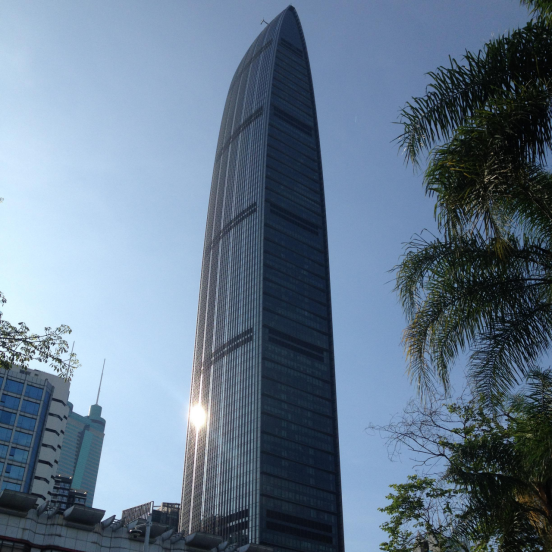
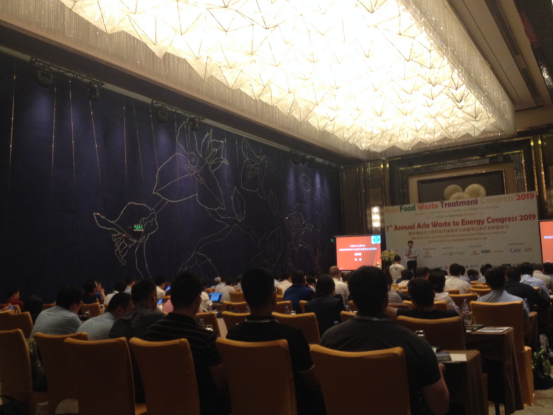
Key Features
Global urban msw management department decision makers network on the treatment approach operational experience and strategy
How to shorten the project preliminary examination planning, environmental assessment, feasibility study, approval, land approval, report construction land acquisition, demolition and resettlement coordination time
How to coordinate finance, development and reform, land, planning, environmental protection, legal departments efficiently
How government and investors resolve the conditions for cooperation in fairness and impartiality, major legal risks, and operational maintenance effectively
Assisting the B&R strategy countries and China as well as decision makers in the specific local city msw management departments to solve the msw environmentally friendly disposal problem
How to design a YIMBY waste incineration project, process technology, project building standard, waste disposal service fee
How to build high standards, high quality waste incineration power generation project
How to leverage cloud computing, digitization, big data, artificial intelligence, and Internet of Things technologies to improve combustion power generation efficiency and reduce flue gas emissions
Waste incineration power generation projects operational excellent management
Waste incineration power plant equipment fault prediction and maintenance, clean compliance incineration, improve enterprise economic benefits
How to assist waste incineration power plants to treat exhaust gas(hcl sox nox dioxin mercury pm), waste water,slag, fly ash
How to assist decision makers in urban msw management departments to sort and collect transport work well
Debate the future of the emerging waste conversion market with industry leaders
Benefit from technical expertise insight from some of the industry’s leading technology providers
Network and do business with the leading WtE projects owners in the region
Discover new commercial opportunities in 2022 and beyond
Position your company at the forefront of the emerging WtE industry in China,Asia,World |














































